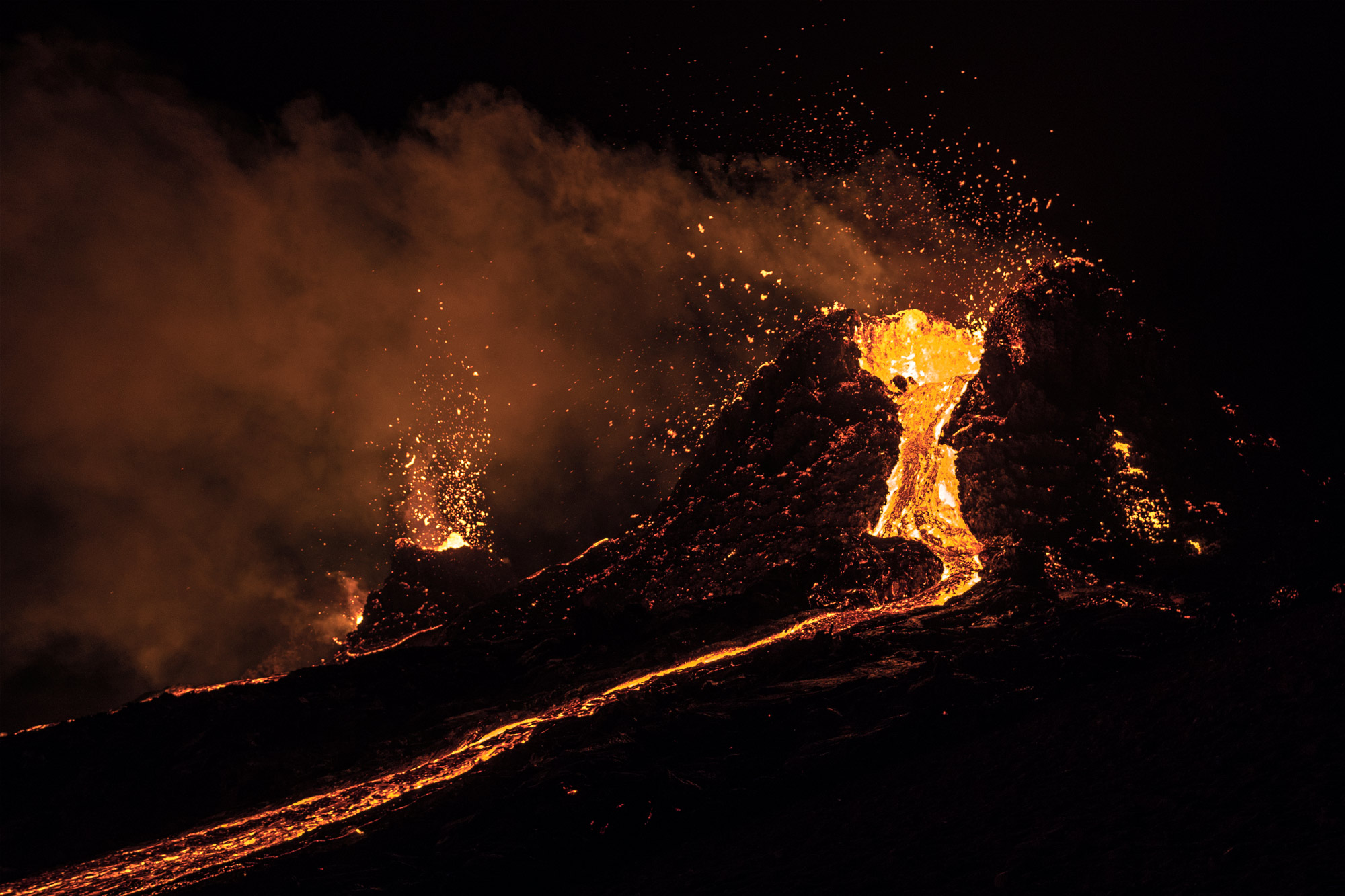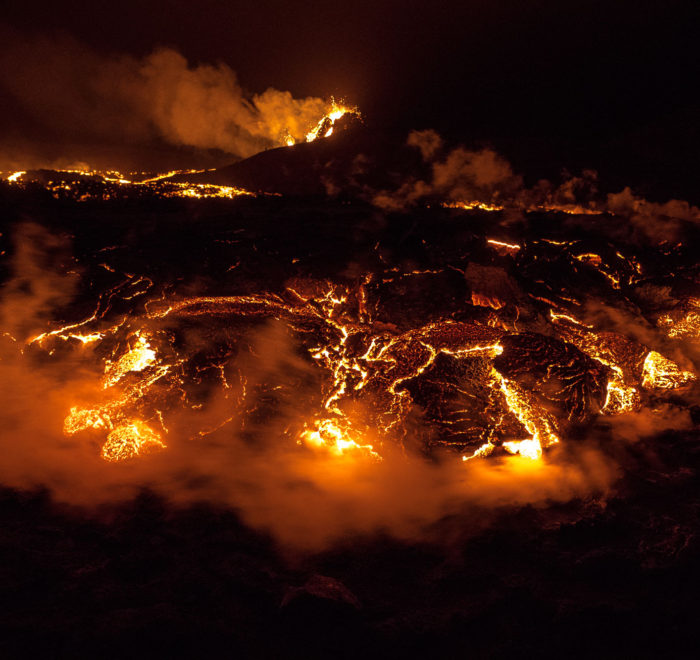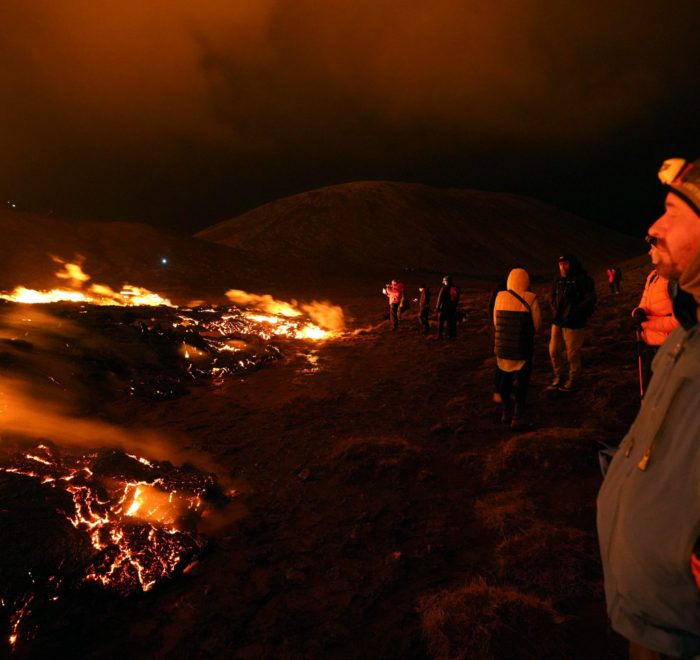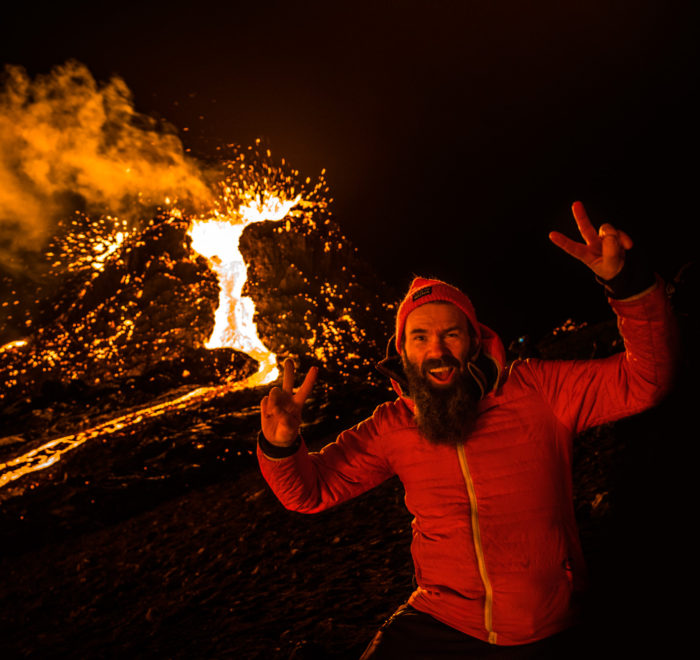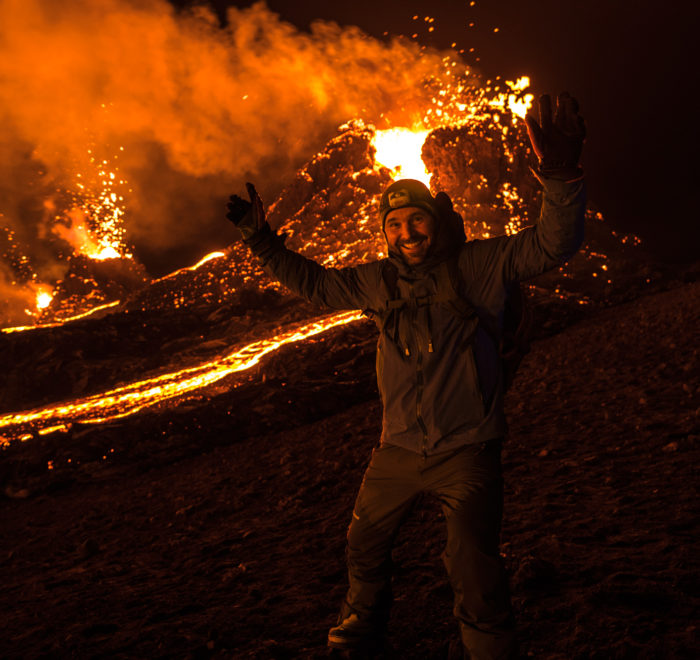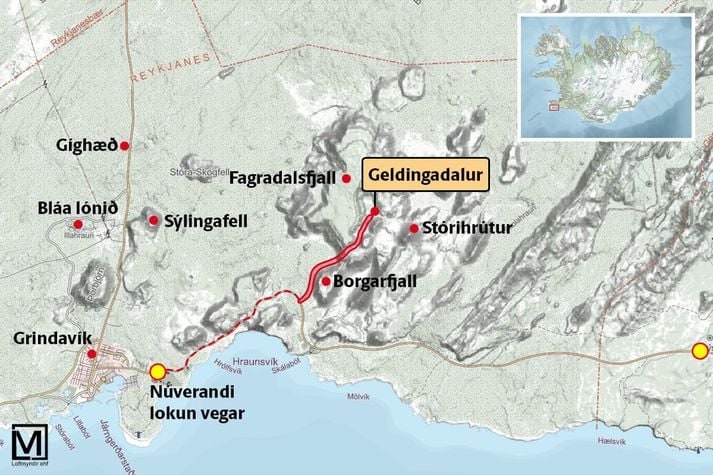Iceland is known as the land of ice and fire, and volcanic eruptions are a common thing here. The volcano eruptions in Iceland are usually so big that it is impossible to hike close to them. Everyone remembers the 2010 eruption on Eyjafjallajökull that grounded thousands of flights and stranded hundreds of thousands of people worldwide. The funny thing about that eruption in 2010 was that here in Reykjavík, we didn’t really think too much about it. It was so far away, around 2 hours drive from the capital, and weather conditions blew the ash to the south towards the UK and over across Europe. To the inhabitants of Reykjavik, it just wasn’t a huge problem.
Lately though here in Reykjavík things have been getting a little different. To start with, back at the end of 2020 we felt a large earthquake. It was the largest we’d felt for many years and this turned out to be the very beginning of a new era of seismic activity. In the beginning of February 2021 we felt another large Earthquake, then another and another and another. There were in fact around 50.000 earthquakes within a few weeks, and our geological scientists predicted an eruption on the Reykjanes peninsula, around 30km from Reykjavík. Everyone was getting little nervous about what could happen.
It’s worth knowing that there hasn’t been any volcanic activity on the Reykjanes peninsula, where 80% of Iceland’s population lives, for almost 800 years. A volcanic eruption here could have serious consequences for the inhabitants and infrastructure in and around the capital area.
On March 19th 2021 in the valley called Geldingadalur beneath Mount Fagradalsfjall the lava broke the surface and things became real. At around 9pm a passerby called into the emergency services saying there was an orange glow in the sky. Within the hour helicopters were on the scene giving us the first images of a volcano only 40km (25 miles) from Reykjavík.

